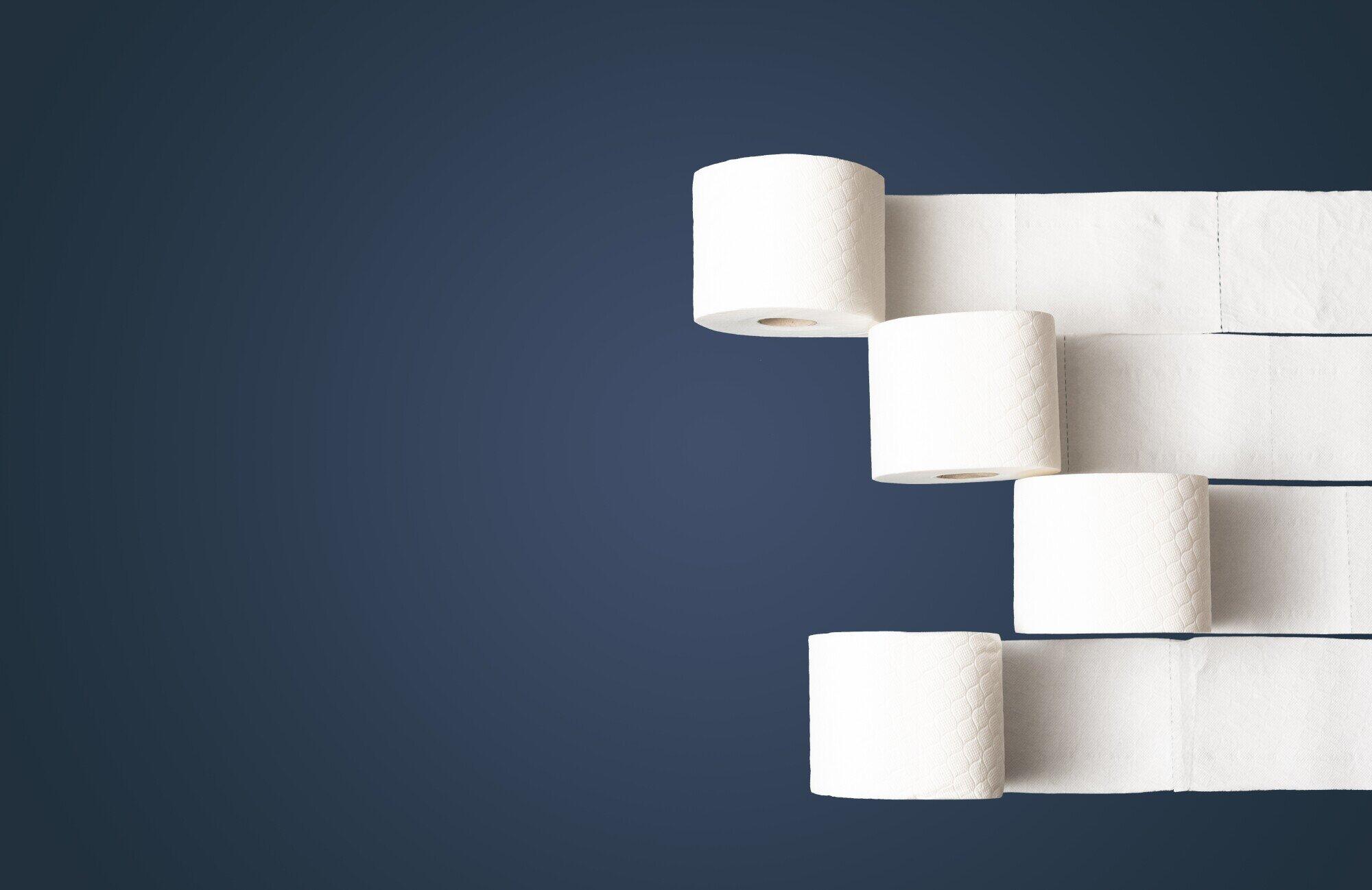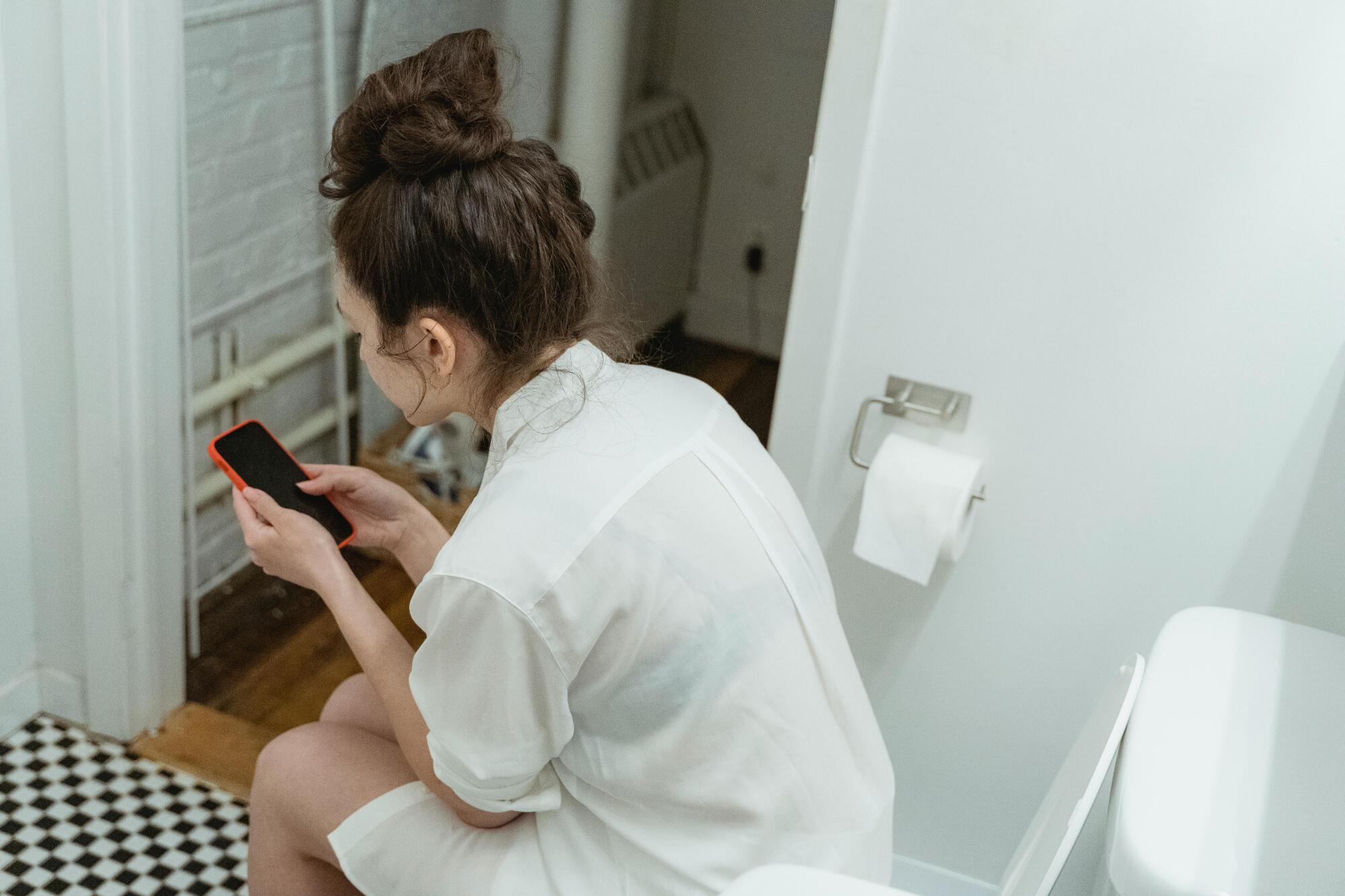
Your Guide to Preventing Swimmer’s Ear Easily

Many recently read Today’s article about 10,000 illnesses nationwide linked to Splash Pad faecal contamination. It’s a perfect example of how waterborne diseases are much easier to contract than people think.
These issues become common as both children and adults start to enjoy the summer months. So, it’s time to consider how to prevent swimmer’s ear and other similar problems and keep your family safe.
Below, we walk you through some water safety tips you can use to prevent ear infections. So, read on to pick up some healthy swimming practices and put them into practice the next time you take a dip. Keep every swimming session free from lingering discomfort.
How to Prevent Swimmer’s Ear
While the CDC offers some of the basic steps on what to do to both treat and prevent Swimmer’s Ear, the information available on their page is limited. One of the issues is that we are talking about a very vulnerable part of the body.
For example, the skin in the outer ear is incredibly thin, meaning that external moisture can quickly remove the protective layer of acid your body applies to prevent infections.
Water entering the ear potentially carries infectious material with it, and its lingering in the ear canal allows it to warm up, accelerating the growth of bacteria. Pools and lakes, for example, are notorious for containing bacteria and spores which can enter the ear canal through water and start to grow in the warm space, such as those causing:
- Swimmer’s ear
- Staph infections
- Sinusitis
- Pneumonia
If you physically wash the inside of your ear, such as using cotton swabs, ear buds, or tissue, you can create scratches that act as direct entry points for these infectious agents. Wearing earbuds, tight hoods, or even hearing aids can also extend the time the water remains in the ear and increase the chance of infection.
So, take steps to dry the ear as quickly as possible after emerging from the water, without placing anything thicker than your little finger near the ear canal.
Contaminated Water and Avoiding Personal Risk
While post-infection solutions exist, prevention is the more sensible option. It requires that you not only use products to act as a barrier but also avoid putting yourself in a situation where you dramatically increase the risks.
For example, be aware that, after heavy rainfall, lakes and other outdoor spaces are much more likely to contain farm runoff or other sewage containing infectious agents. Similarly, public splash pads or other play spaces can also atomize water, reducing the effectiveness of the chlorine in the space. This fact does not mean you should stop using the location at all, but wait 48 hours after heavy rainfall to reduce or prevent ear infection.
If you have a thin ear canal, be aware that it is much harder to dry it. However, avoid placing anything into your ear to resolve the issue.
As discovered in a recent systematic literature review, someone suffering from an external ear disease, such as swimmer’s ear, may be over sixteen times more likely to have been exposed to a situation that increased the risk. For example, using cotton buds to clean their ears [1].
Gear and Pre-Swim Preparation
If you plan to go somewhere you or a loved one might get infected, make sure to take with you:
- Audisol spray
- Test strips
- Spare towels
- Ear plugs
Check the use-by dates on these to ensure their effectiveness. After all, many ingredients may evaporate as a container starts to empty in the warm weather. Also, label items such as ear plug containers to prevent sharing and teach your children how to clean them, as well as why using others’ protective gear may lead to problems.
If you plan to swim in a lake, first check how safe it is. Many counties post information about local water sources, and will issue advisories if you are putting yourself in danger by swimming there. Even without an explicit warning, however, water is likely to contain algae that may cause inflammation if it is:
- Tea-colored
- Blue-green
- Slimy
- Foamy
If you are unsure whether a location is clean, test it by trying to see your toes when you stand with water up to your knees. If you cannot, consider finding a different location to swim.
Acting Swiftly After a Dip
You should take action within five minutes of leaving the water. Many infectious bacteria will double after only around twenty minutes, quickly causing issues if left to multiply. So, dry off fast and use products that will keep you safe.
Start by using a microfiber towel to dry yourself off, including the outside of your ear canal. However, only pat your ear as doing anything else may push water deeper inside. Also:
- Bend at the waist to allow gravity to pull droplets down
- Yawning to shift the jaw muscles and widen the ear canal
- Shake a little in case it displaces anything
Products like Audisol Sprays effectively prevent foreign infectious agents from accessing the skin. Spraying it into the ear canal after spending time in the water can remove moisture from the area by helping to evaporate water and leaving a protective film behind.
If you have access to a hairdryer, you can also use it by holding it around twelve inches or thirty centimeters away from the ear on a warm setting for around 30 seconds. However, don’t point it directly at the ear canal, and do not use this method on infants, as it may cause injury.
Dive Back In with Appropriate Precautions
Taking only a few minutes of preparation can mean you avoid weeks of discomfort by adding Audisol or other products available at Kiwi to your cart. If you have further questions about how to prevent swimmer’s ear or swimmer’s ear treatment, our online doctors can advise you on your next steps.
So, ensure you prepare for your next swim. Avoid skipping the summer months due to an ear infection by checking out our shop and ensuring you keep you and your loved ones safe today.
References
[1] Otunga, H. (2024). A systematic literature review of the impact of using ear buds for cleaning ears in children and adults. School of Advanced Education, Research and Accreditation (SEARA). https://saera.eu/en/2024/08/14/a-systematic-literature-reviewof-the-impact-of-using-ear-buds-for-cleaning-ears/
Related Posts


How Long Can You Go Without Pooping Before It’s Dangerous?
October 11, 2025